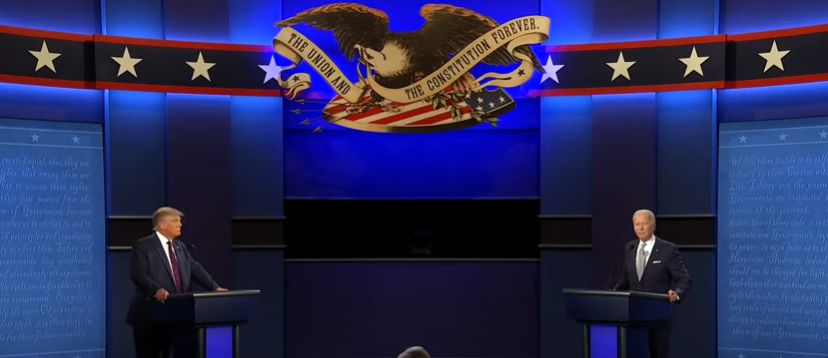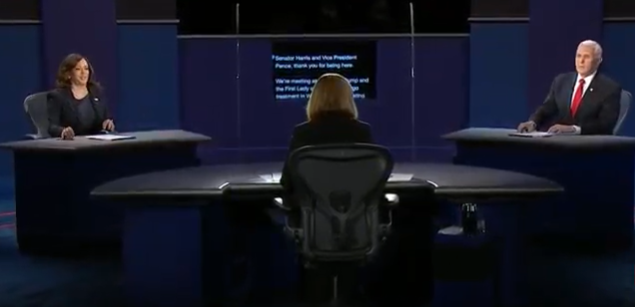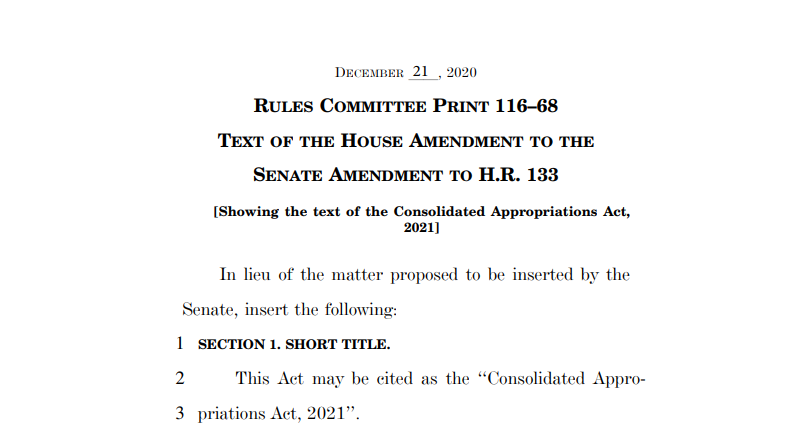House Democrats introduce $2.2 trillion COVID-19 relief bill (The updated “Heroes Act”) with over 58.7 dollars for early childhood education and care
House Democrats just introduce $2.2 trillion COVID-19 relief bill (The updated “Heroes Act”) with over 58.7 dollars for early childhood education and care. You can read the entire 2052 page bill here: https://appropriations.house.gov/sites/democrats.appropriations.house.gov/files/SUPP_SEP_01_ALL_xml.2020.9.28.1753.pdf
There is an 87 page section by section summary here: https://appropriations.house.gov/sites/democrats.appropriations.house.gov/files/Updated%20Heroes%20Act%20Summary.pdf
And a one-page summary you can view here: https://appropriations.house.gov/sites/democrats.appropriations.house.gov/files/Updated%20Heroes%20Act%20One%20Pager_0.pdf
There are also other sections that will impact young children and their families related to family leave and childcare tax credits.
From pages 8-11 of the summary, here are some of the key provisions related to early childhood education and care and children/families.
“•$65.2 billion to provide supportive and social services for families and children through programs including:
• $50 billion for Child Care Stabilization Grants;
• $7 billion for Child Care and Development Block Grants to provide immediate assistance to child care providers;
• $4.5 billion for the Low-Income Home Energy Assistance Program (LIHEAP);
• $1.7 billion for Head Start; 9
• $1.5 billion to support paying water bills for low income families;
• $75 million for Child Welfare Services;
• $100 million for Family Violence Prevention and Services, including $2 million for the National Domestic Violence Hotline;
• $100 million for Child Abuse Prevention and Treatment Act (CAPTA) State Grants; and
• $225 million for Community Based-Child Abuse Prevention Grants.
• $208 billion for a State Fiscal Stabilization Fund
§ $175 billion for elementary and secondary schools to support:
• costs associated with making up instructional time, including teacher, school leader, and classified school employee personnel costs;
• providing school-based supports for impacted students, families, and staff, including counseling, mental health services, family engagement efforts, and the coordination of physical health services;
• costs associated with sanitation and cleaning for schools and school transportation;
• professional development for school-based staff on trauma-informed care to restore the learning environment;
• purchasing educational technology, including assistive technology, that aids in regular and substantive interactions between students and their classroom instructor;
• coordination efforts between State educational agencies and public health departments for emergency planning, response, and recovery; and
• authorized activities under education statutes including ESEA, IDEA, McKinney-Vento Homeless Assistance Act, the Adult Education and Family Literacy Act, and the Perkins Act;
§ $27 billion for public postsecondary education to support:
• training and professional development for college and university faculty and staff to use technology and services related to distance education;
• general expenditures for institutions of higher education for expenses associated with a disruption in services or operations related to coronavirus, including defraying expenses due to lost revenue, reimbursement for expenses already incurred, and payroll; and,
• emergency financial aid to postsecondary students for housing, food, technology, health care, and child care.
§ $4 billion for Governors to address educational needs across their States, including to institutions with high burden due to coronavirus.
§ $2 billion for the outlying areas and Bureau of Indian Education-funded schools and Tribal Colleges and Universities. o $5 billion for Elementary and Secondary School Emergency Facilities Aid for grants to help 10 ensure school buildings are set up to protect the health of students and staff, including through improvements to building ventilation systems. o $11.9 billion to Higher Education to help alleviate burdens associated with the coronavirus for both colleges and students, including:
§ $3.5 billion for Historically Black Colleges and Universities and other Minority Serving Institutions
§ $7 billion for private, not-for-profit institutions
§ $1.4 billion for other institutions of higher education with unmet need related to coronavirus, including institutions of higher education that offers programs exclusively through distance education
• $32 million to cover the coronavirus related costs of implementing the 2021 National Assessment of Educational Progress (NAEP) Reading and Mathematics assessments”
There is a good chance this will pass The Democrat controlled House and little to no chance it will pass The Republican controlled senate; thus, this bill should be looked at as a negotiating tactic more than anything else.





